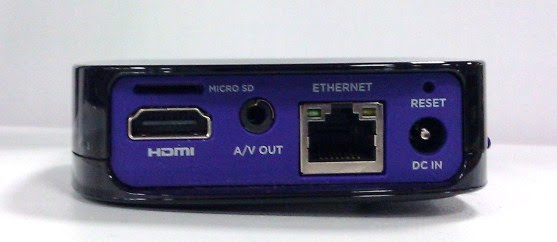Ethernet ports are used to connect devices such as computers, routers, and switches to a network. These devices communicate with each other over the network by sending packets of data through the Ethernet ports.
An Ethernet port is a physical connection point on a device that is used to transmit and receive data over a network. It consists of a rectangular jack, typically located on the back or side of the device, into which an Ethernet cable can be plugged. The Ethernet cable is a cord with a connector at each end that is used to connect devices to the network.
Ethernet ports use a protocol called the Ethernet frame to transmit data. This protocol specifies the format that data must be in when it is sent over the network. The Ethernet frame consists of a header and a payload. The header contains information about the packet, such as the source and destination addresses, while the payload contains the actual data being transmitted.
When a device wants to send data over the network, it first constructs an Ethernet frame with the data as the payload. It then sends the frame to the Ethernet port, which transmits the frame onto the network. The frame is transmitted over the network using a series of pulses of electricity, which are sent over a coaxial cable or a twisted pair of wires.
The Ethernet port on the receiving device receives the frame and checks the destination address to see if it is intended for that device. If it is, the port strips off the header and passes the payload to the appropriate application or process on the device. If the destination address does not match the receiving device, the port discards the frame.
Ethernet ports are classified according to the speed at which they can transmit data. The most common types are 10/100/1000 megabits per second (Mbps) Ethernet ports, which can transmit data at speeds of 10, 100, or 1000 Mbps. The actual speed of the connection depends on the capabilities of both the sending and receiving devices and the quality of the network connection.
In addition to transmitting data, Ethernet ports can also be used to connect devices to the Internet. This is done by connecting the device to a router or modem, which is a device that connects the device to the Internet via an Ethernet port. The router or modem then sends the data over the Internet to its destination.
Ethernet ports are a critical component of modern networking systems and are used in a wide variety of applications, including home and office networks, Internet service providers (ISPs), and local area networks (LANs). They provide a fast and reliable way to transmit data over a network and are essential for connecting devices to the Internet and to each other.

